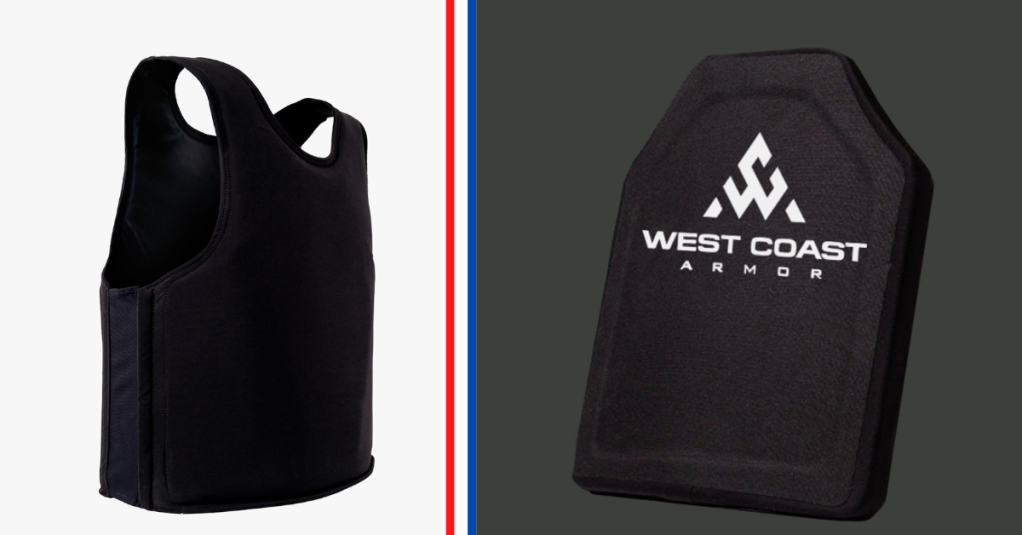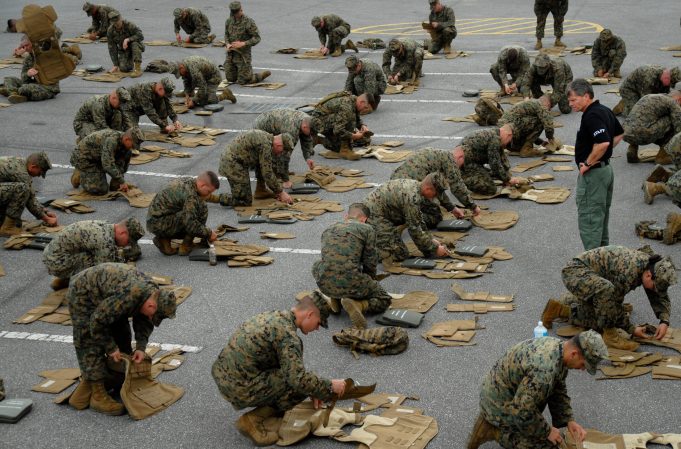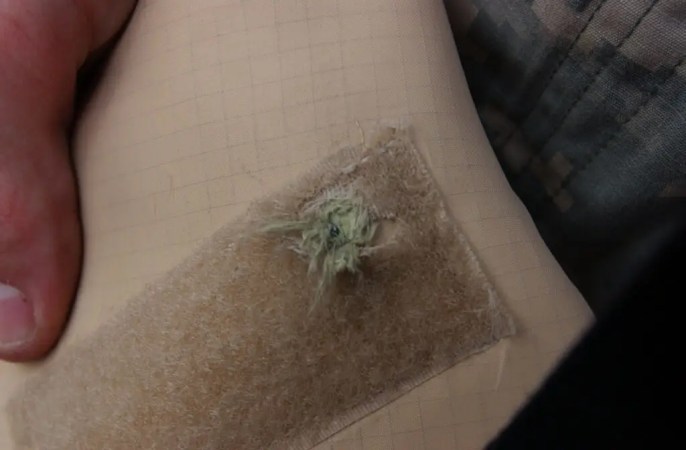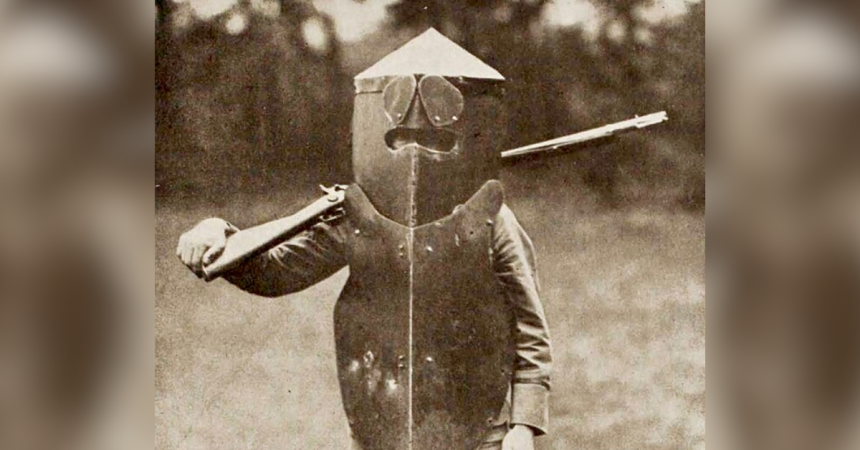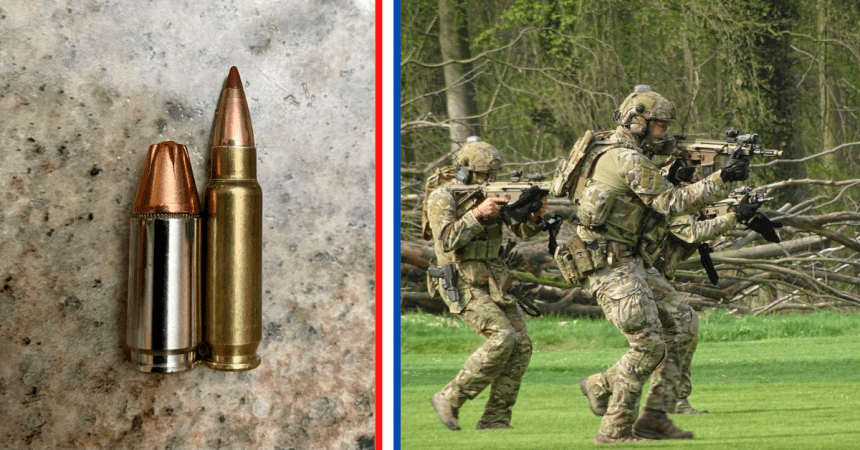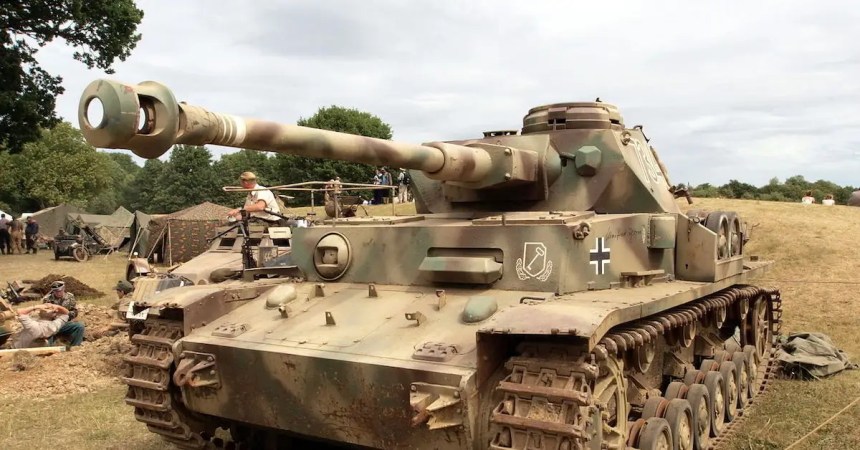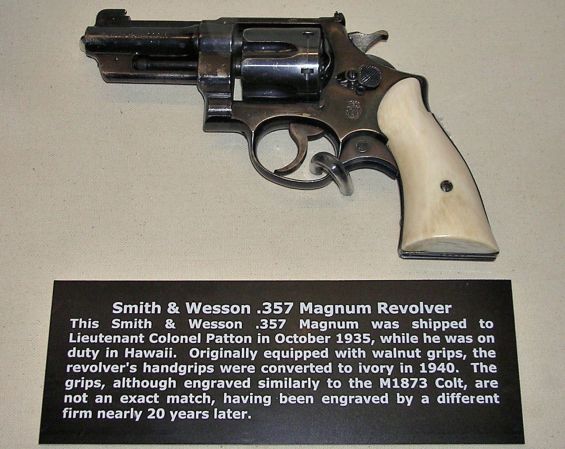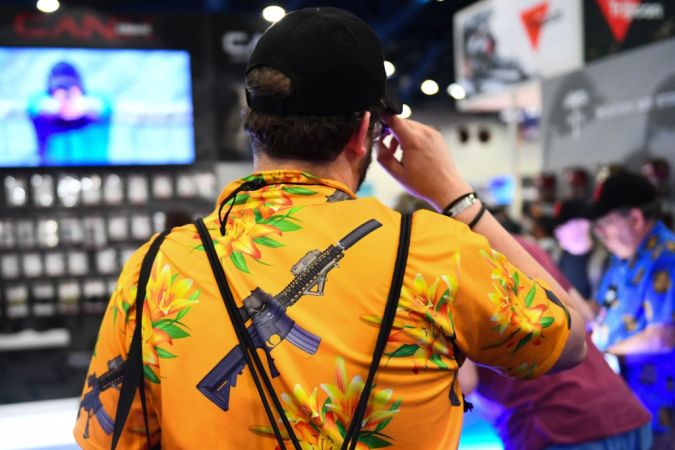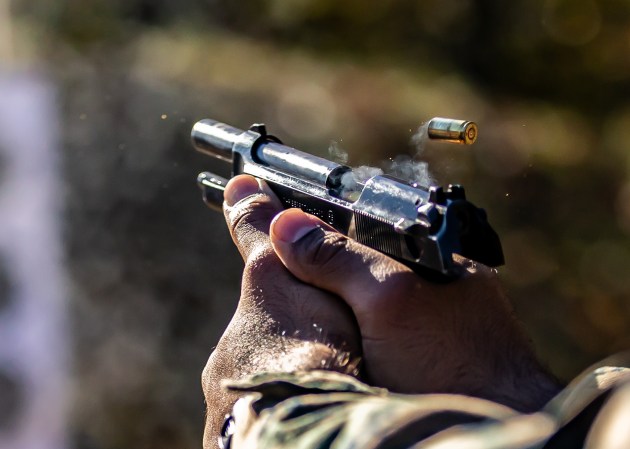The different levels of body armor may not be necessary for everyone in the shooting community, but I suspect you’re here to determine which level you should go with. I’m even going to take a stab in the dark and say there is another tab to an armor company’s website open, or maybe a dozen. Did I get that right? And you don’t want to be silly and not get the right level. That could cost you more than you’re willing to bargain for. Knowing which armor level to go with is crucial in ensuring you don’t waste money or your existence. With that in mind, let’s dive in.
Sidenote: Different armor companies use different materials, so some armor levels can protect against more or less depending on what materials were used. And not every company uses the same names for their armor. Some may say A or +.
Level IIA Body Armor (9mm, .40S&W)
Before you ask where Level I went, not to worry, it doesn’t exist. It starts at two.
Anyway, Level II Armor is the lightest armor on the market right now. The plate should stop low-velocity handgun rounds out of the box. Think low-velocity, small pistol rounds.
Pretty much anything below .40 S&W is where Level IIA armor thrives, but any heavier (which is a possibility), and you’ll be in a world of hurt. Probably dead.
While this is a good start, I don’t recommend it for anyone needing body armor. If you’re buying this for your new security job, go heavier.
Level II (9mm, .357 Mag)
While Level IIA exists for smaller, lower velocity rounds like 124g FMJ 9mm and .40 S&W, this level takes it up a bit and makes it so .357 Magnum can’t enter your lungs. It still stops the other rounds, but it also contains .357 Mag.
Sweet.
This armor is rarely used in law enforcement agencies, but they tend to opt for something higher. Level II is still too low to be considered adequate for law enforcement use, at least in the opinion of the cops in my shooting group.

Level IIIA (.357 Sig, .44 Magnum)
Now, take all of the rounds that the last two levels of armor plates protect against and tack on one of the hardest-hitting pistol rounds on the market.
Out of the box, Level III body armor must stop 240g SJHP (Semi-Jacketed Hollow Point) at a speed of 1,430 feet per second. It’s still gonna hurt like hell, but you won’t die. And every day above ground is a good day.
Even if you have five broken ribs and a collapsed lung.
This is a standard level of body armor that is favored among law enforcement. It’s lightweight and capable of stopping almost any pistol round, which they will most likely have to protect themselves against.

Level III (Rifle)
Now, we’re getting into the heavier levels of body armor that will stop all of the aforementioned pistol rounds, along with standard semi-automatic rifle rounds.
Fresh from the shelf, Level III body armor must stop 7.62×39 and 5.56×45 (.223 Rem) rounds. Pretty much your NATO rounds from back in the day. Nothing too crazy.
At this level of body armor, it’s a bit too heavy to be worn consistently and on a shift, so these are usually reserved for your SWAT guys and dudes and dudettes who are kicking doors down and coming to serve up some swift justice.

Level IV (Armor Piercing)
The big kahuna. Big momma. The buck stops here. Level IV is the heaviest and most protective plate on the market for both civilian and law enforcement personnel. I have my Level IV plates on as we speak.
For fun. And because I like to cyberbully the ATF, and I heard those guys like shooting dogs and stuff.
Out of the box, Level IV body armor is supposed to stop rounds that would otherwise send you to the next realm. Putting your chest and your lungs in different area codes. .30-06 and .338 Lapua Magnum are said to be stopped by Level IV plates.
There’s no way in hell I’d test that theory, though.
I’m a big fan of the .338 Lapua Magnum, and I’ve seen what it can do. I’m not testing that out. But I have shot RMA Armament Level IV body armor plates with .308 out of an H&K G3, and they held up well.
You aren’t going to find anyone wearing this level of body armor unless they’re planning on being shot or shot at with some heavy stuff. I have heard of some of my LE buddies wearing Levels III and IV armor, but III is more common.

Before You Buy Your Body Armor…
Consider what you’re planning on using that armor for. I often see guys buying more or fewer plates than they need. When it doubt, go heavier. It’s better to have it and not need it than to need it and not have it, you know what I mean?
However, higher levels can be too heavy for some users. And to that, I say go work out.
That’s all I have for you my friend. Do your homework before buying your armor. If you’re planning on running the armor in SHTF and things of that nature, Level III is the absolute minimum. It’s heavy, but you should be working out anyway.
Be good and take care of yourself.


